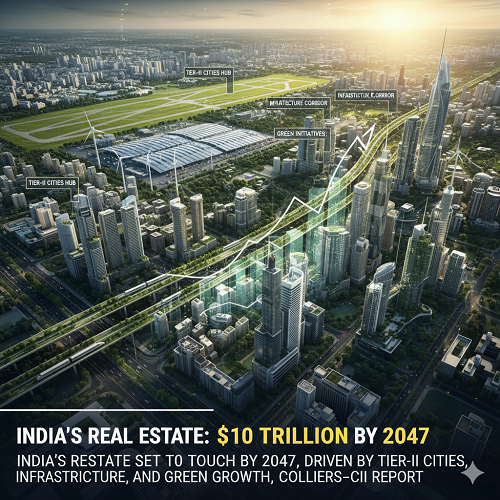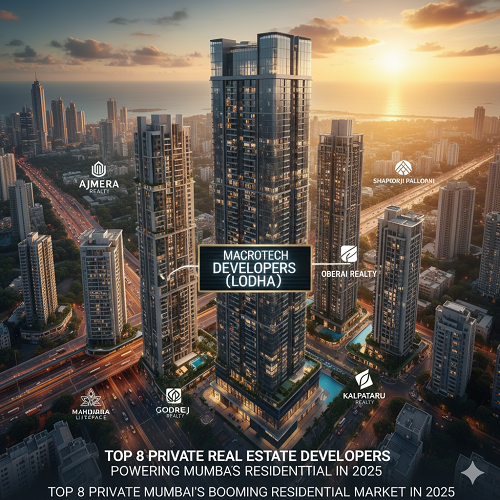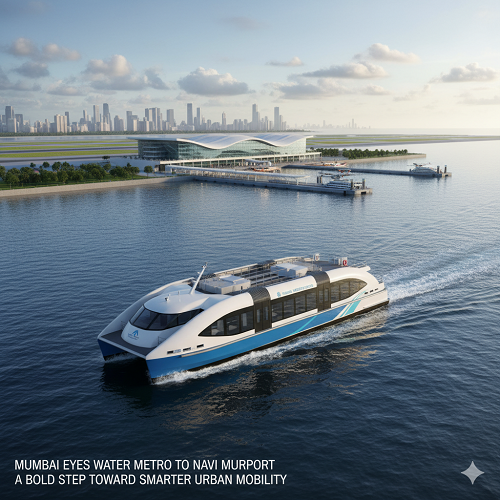
Art Deco Alive: How Mumbai and Miami Are Reimagining a Century of Design, Culture, and Cosmopolitanism
In a city where every curve of a balcony and every sunburst on a façade tells a story, Mumbai’s Art Deco heritage is not merely a style, it is a reflection of modern India’s first brush with global aesthetics, urban planning, and cosmopolitan living. Now, a hundred years after the birth of the Art Deco movement, the festival Art Deco Alive! brings together two coastal cities, Mumbai and Miami, in a cultural dialogue that transcends design to touch identity, memory, and belonging.
This cross-continental collaboration celebrates the centenary of the 1925 International Exhibition of Modern Decorative and Industrial Arts in Paris, the event that gave the world Art Deco. It’s a reminder that architecture is not static, it’s a mirror of social evolution, shaped as much by disease and density as by dreams of modernity and freedom.
The Movement That Shaped Modern Mumbai
When the plague struck Bombay in the late 19th century, the city’s overcrowded neighbourhoods became ground zero for an urban crisis. “In the plague, the major problem was overcrowding and density,” says Atul Kumar, founder-trustee of Art Deco Mumbai. “We needed open spaces, buildings that focused on light and air, and planned neighbourhoods. That’s how Churchgate, Marine Drive, Matunga, Dadar Parsi Colony, and Shivaji Park came up.”
Art Deco arrived as both an aesthetic and a solution, a new urban language designed for health, hygiene, and human scale. By the 1930s and 1940s, Mumbai (then Bombay) had quietly built one of the largest collections of Art Deco structures in the world, second only to Miami. Its pastel-hued facades, rounded corners, and porthole windows reflected a spirit of optimism and progress, marking India’s first encounter with international modernism.
Today, Mumbai’s Art Deco precincts, spanning over 200 buildings across Marine Drive, Oval Maidan, and beyond, are recognized as UNESCO World Heritage sites. But Art Deco Alive! reimagines this legacy for a new generation, bringing history out of the archives and into the streets, museums, and conversations.
From Ocean Drive to Marine Drive: A Tale of Two Cities
The festival, founded by Mumbai-based entrepreneur Smiti Kanodia along with Miami-based co-founders Salma Merchant Rahmathulla and Gayatri Hingorani Dewan, made its debut in Miami in October 2025 before opening in Mumbai in November. Its second leg, inaugurated by Maharashtra’s Minister of Cultural Affairs Ashish Shelar, runs for three weeks, until November 25, at the Dr. Bhau Daji Lad Museum.
At its core lies the exhibition “Ocean Drive to Marine Drive: Mapping a Century of Deco,” which brings together stories, artefacts, and archival materials from both cities. Visitors can trace connections between Miami’s iconic pastel hotels and Mumbai’s Regal and Eros cinemas, or between the ship-deck balconies of Soona Mahal and the porthole windows lining Miami Beach. The dialogue is visual, emotional, and intellectual, a conversation across oceans about design as destiny.
Beyond the walls of the museum, Art Deco Alive! spills into the streets. There are curated walks through Mumbai’s Deco neighbourhoods, sketching tours, cinema screenings, and a symposium featuring over 20 experts from Miami. Restaurants such as Gaylord, Mezcalita, and Nksha are participating too, serving Deco-inspired menus and installations that blend culinary and cultural creativity.
The Architects Behind Mumbai’s Deco Dream
If Miami owes its Deco legacy to Henry Hohauser, Mumbai’s Deco identity was shaped by local architects such as Marathe & Kulkarni, Master, Sathe and Bhuta, and Perin Mistri, the city’s first female architect. Their work turned architecture into a social equalizer. Buildings like the New India Assurance headquarters or Shivaji Park’s residential complexes were not just aesthetic marvels, they were experiments in community living.
“Unlike other cities, Mumbai has only private neighbourhoods, all built by people for themselves,” explains Kumar. “For the first time, families from different communities lived in apartments, sharing festivals and food. That’s how Bombay’s cosmopolitan culture took root.”
In many ways, Art Deco became the architectural embodiment of India’s emerging urban middle class, aspirational, confident, and rooted in both global modernity and local identity.
Deco as an Emotion, Not Just a Design
Every Mumbaikar has an Art Deco memory, perhaps their first movie at Regal, their first date at Eros, or their first drive down Marine Drive under the glow of soft neon. That emotional connection explains why Art Deco still resonates. It was never just about clean lines or geometric motifs, it was about aspiration, modernity, and collective belonging.
The exhibition captures this emotional depth through subtle details, a sunburst motif with Om at its center, the word Samiksha written in Devanagari using a Deco font, and sculptures of Indian women carrying hay. These touches remind us that even as India absorbed global design, it made it its own.
“You won’t see this in Miami or Paris, only in Mumbai,” Kumar says. “It was okay to show your identity and incorporate it into architecture.”
A Living Legacy: Heritage as Urban Strategy
Art Deco’s revival through festivals like Art Deco Alive! is not just nostalgia, it’s strategy. In an era of haphazard redevelopment and glass-and-steel monotony, these structures are not relics but reminders of what good design once meant, light, air, human scale, and civic pride.
Preserving them is both an economic and cultural imperative. According to UNESCO, heritage conservation can generate up to 5% of a city’s employment in creative and tourism sectors. In cities like Miami, heritage-led urban renewal has boosted local economies and civic engagement. For Mumbai, the opportunity is similar, transform its heritage corridors into living cultural assets that combine conservation with creativity.
A Century Later: The Future of Deco
As Mumbai and Miami celebrate a hundred years of Art Deco, they are not just looking back, they are looking ahead. The movement’s principles of hygiene, light, and inclusivity feel newly relevant in a post-pandemic world. Its belief in design as public good, rather than private luxury, offers lessons for future urban planning.
Art Deco Alive! thus becomes more than an event, it’s a manifesto for how cities can evolve without losing their soul. It invites policymakers, architects, and citizens alike to see design as dialogue, heritage as innovation, and architecture as a living bridge between past and future.
In the end, Mumbai’s Art Deco is not simply a reminder of what once was, it’s a promise of what urban India can still become, graceful, inclusive, and globally connected, yet deeply, unmistakably its own.




